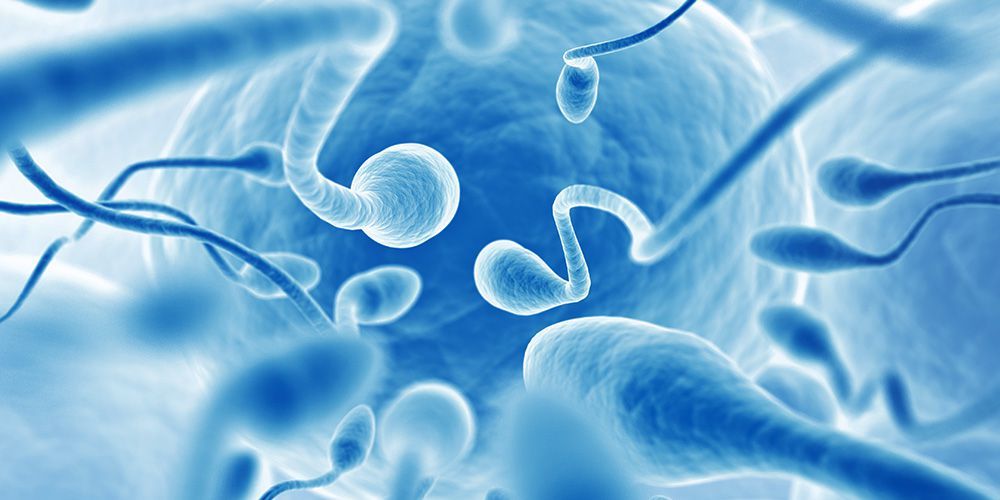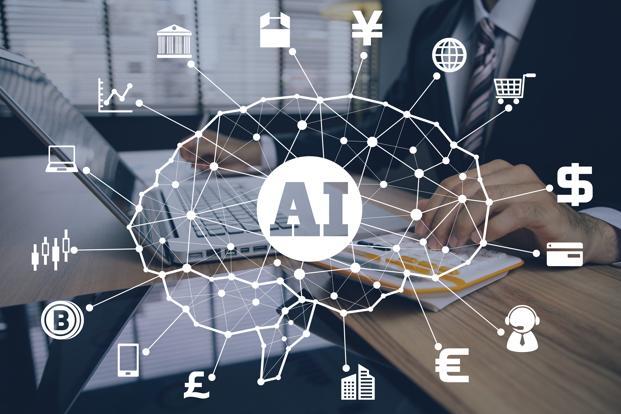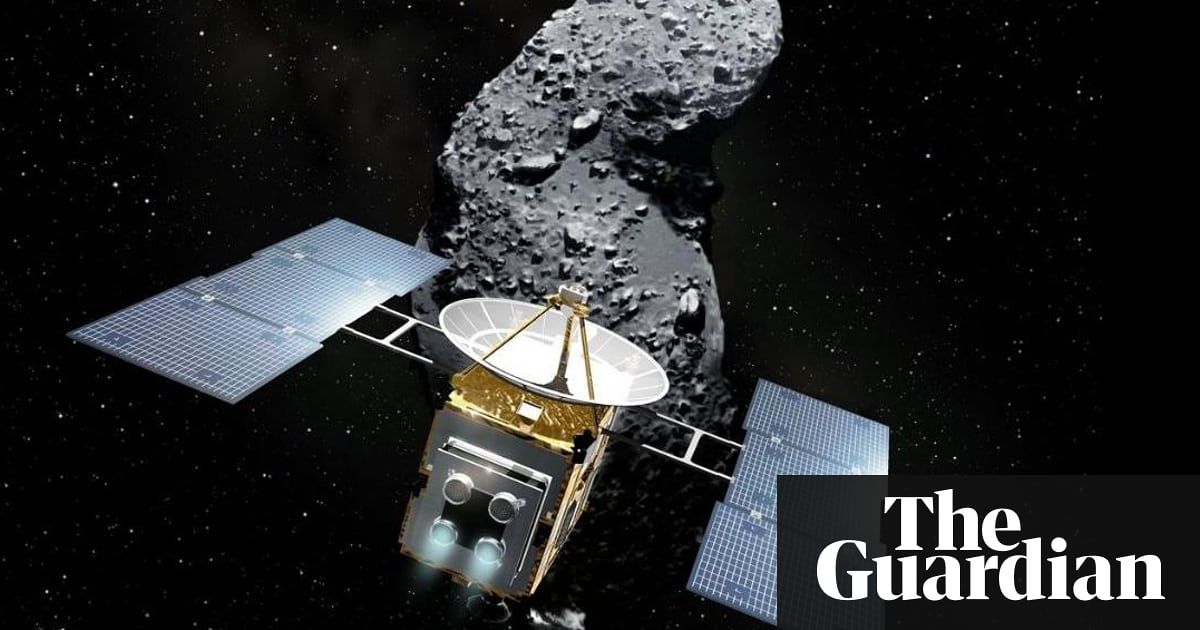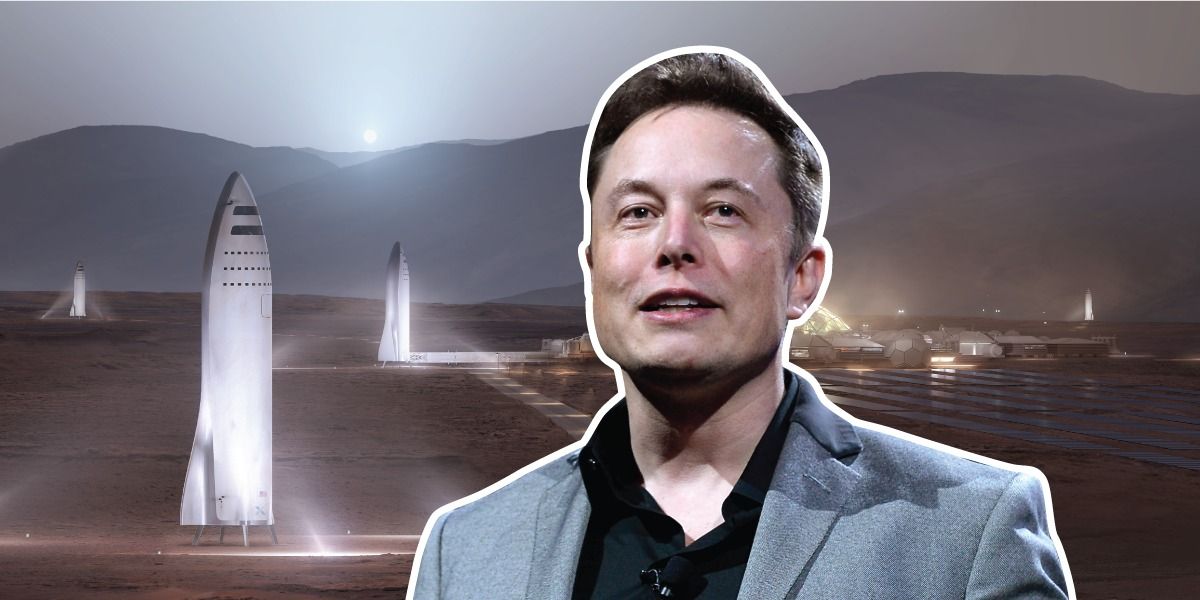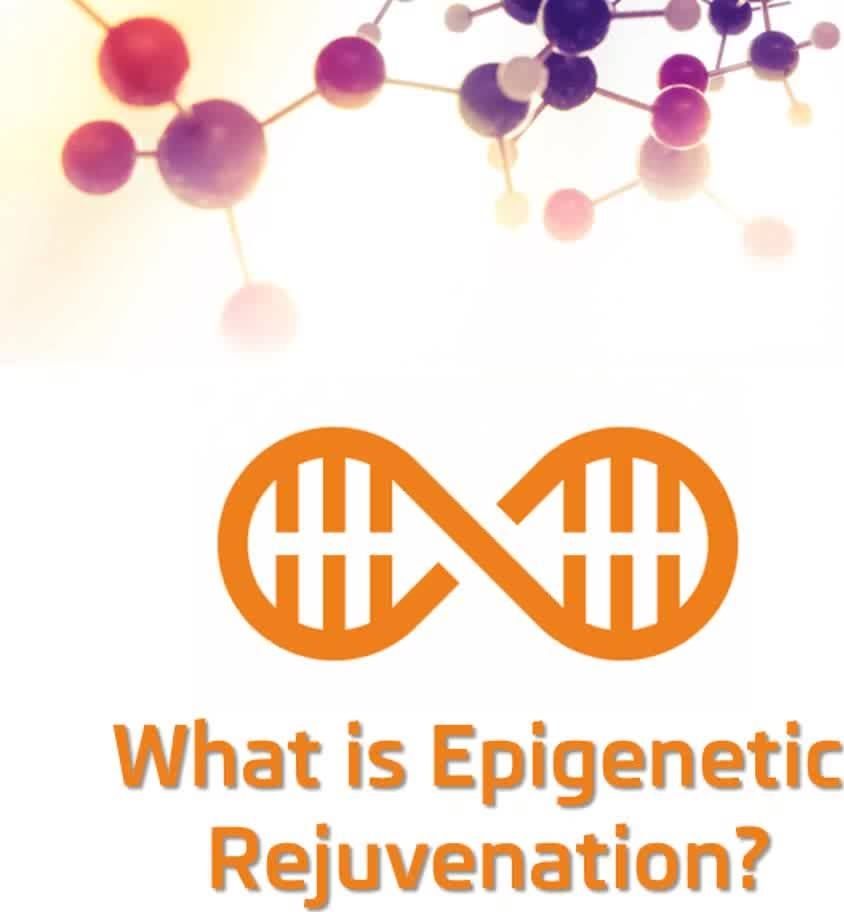Scientists have discovered that sperm contain two centrioles, as opposed to one — and that additional centriole could explain infertility.
Right now, there are roughly 16 sextillion liters of water suspended in the atmosphere. The air around you is a river, you just can’t see it.
Harvesting water from air would be a game-changing solution to tackling freshwater scarcity, which is increasing as the world warms. It would be especially vital in places with very little humidity in the air, like the desert. But while it’s technically possible—you just need to get the water content in the air to condense around something—doing so efficiently has been difficult, until now.
The challenge with this technology is cooling. Water vapor will only condense into a liquid if the material it condenses on is cooler than the surrounding air. That’s why droplets of condensation will appear on a soda can the moment you take it out of the fridge. But how do you leave a piece of machinery in the desert sun all day and keep it cooler than the surrounding air? One way would be to install a cooling system. But it takes a a lot of energy to perpetually cool an object in a hot place, and isn’t feasible in places where energy is expensive. We also don’t want to increase the amount of energy demand in a world already struggling to reduce emissions.
At a time when governments and organisations across the world are trying to harness the powerful technology, the need for an ethical AI has never been more important.
Project Daedalus, Qiao Chen
Posted in space travel
The typical contemporary view assumes that there is going to be some deep tension between faith and science. From our perspective that’s an illusion.
Washington D.C., Jun 10, 2018 / 05:00 am (CNA).- A Thomistic philosopher, an evolutionary biologist, and a Harvard astronomy professor walk into a bar. Well, not a bar.
But they did walk into a Washington, D.C. symposium this week, at which graduate students, professors, religious sisters, and other curious Catholics discussed highly technical scientific questions over bourbon and pecan pie, late into the night.
The three-day conference, co-sponsored by the Thomistic Institute and the Society of Catholic Scientists, brought together nearly 70 professors and graduate students from Princeton, Harvard, Yale, MIT, the University of Chicago, and other universities across the country to examine the intersection of faith and science.
A race is on to mine billions of dollars in resources from the solar system’s asteroids, fuelling our future among the stars.
Recommended Books ➤
📖 Life 3.0 — https://amzn.to/2KZdRU0
📖 The Master Algorithm — https://amzn.to/2jV1egi
📖 Superintelligence — https://amzn.to/2rCXzqQ
This video is the eleventh in a multi-part series discussing computing. In this video, we’ll be discussing what cognitive computing is and the impact it will have on the field of computing.
[0:28–5:09] Starting off we’ll discuss, what cognitive computing is, more specifically – the difference between current computing Von Neuman architecture and more biologically representative neuromorphic architecture and how these two paired together will yield massive performance and efficiency gains!
